From the caribou that roam the boreal forest to the raging waterfalls and winding rivers that shape the land…
Nuhenéné is a precious place that needs protecting.
What is an IPCA?
IPCA stands for Indigenous Protected and Conserved Area. It is an Indigenous-led conservation project, where Indigenous Peoples initiate and manage the protection of an area. The Indigenous Peoples local to that specific IPCA decide what is best for their traditional territories.
IPCAs are the reconciliatory conservation solution of the future.
Indigenous conservation is powerful and necessary.
As Indigenous peoples, we have been sustainably managing the land for millennia. The land is our sustenance and is incredibly linked to our cultural practices and traditions to this day. Indigenous communities continue to harvest animals mindfully, as taught by their ancestors.
No one knows the land better than the Indigenous peoples who have occupied the territory for thousands of years. As such, Traditional Knowledge must be used as a foundation for all work done in IPCA development. It is important for the IPCA project to assist our communities in the continual use and maintenance of language. They will do so by describing and naming elements within Nuhenéné.
In developing IPCAs, it is important to bring Elders and youth together to transmit important knowledge. The inclusion of Elders in guiding this process is of utmost importance. Youth must be involved in the development of the IPCA and have access to the land and be familiar with the IPCA parcels.
Community Land Technicians (CLT’s)
There are currently four community land technicians hired by Ya’ thi Néné Land & Resource office. The CLT’s work with the community to keep watch over the land. They speak Denesųłiné to ensure that everyone can be involved, especially the Elders.
The 4 CLT’s are:
Jean Tsannie for Hatchet Lake and Wollaston Lake
Ian Donard for Black Lake and Stony Rapids
Derek Cook for Fond du Lac
The Uranium City and Camsell Portage position is temporarily vacant.
The CLT’s roles are to:
monitor land and water to gain data on culturally important species, critical habitat, numbers, and potential impacts
observe the impacts of forest fires
monitor sacred areas for impacts/encroachment
monitor industrial developments and conditions of permits
document impacts to boreal forest and water
document and follow-up on industry or other issues that may impact land/water
collect and document Traditional Ecological Knowledge
ground-truth protected areas (confirming locations of known burial sites, caribou crossings, overnight sites, spiritual sites)
participate in scientific studies and research
IPCAs are the future of Indigenous self governance in Canada.
That’s why our communities work so hard to make sure our rights to this land are observed in every interaction with government and other third party groups who want access to our land.
Numerous land management initiatives over the recent years include, but are not limited to:
Negotiation of rights recognition in Nuhenéné through the North of 60 Final Agreement in the Northwest Territories and Nunavut, which will include resource management.
Development of capacity to manage lands and resources throughout Nuhenéné with the establishment of Ya’ thi Néné Lands & Resources (YNLR) and Athabasca Denesųłiné Né Né Land Corporation (ADNLC).
Development of an Athabasca Land Use Plan.
Collection and management of a comprehensive Land Use and Occupancy Database.
Collection and management of decades of Traditional Ecological Knowledge.
Development and implementation of a Community-based Barren ground Caribou Monitoring Program.
Coordination of numerous on-the-land youth and Elder culture camps.
Development of Indigenous Protected Areas within Nuhenéné (Saskatchewan) are currently underway.
